What I Read This Week…
CPI holds steady while PPI sees large monthly increase, Europe continues to lose IPO listings to the U.S., researchers develop an AI model that can detect inner monologue with 74% accuracy, and more.
Caught My Eye…
1) The Bureau of Labor Statistics reported that CPI increased 2.7% over the past year and 0.2% in July, broadly in line with expectations and signaling that inflation at the household level is steady.
By contrast, PPI (producer prices) increased 3.3% year over year, with a 0.9% monthly increase that was the largest in several years and well above forecasts of 0.3% to 0.4%. What’s going on? CPI is calculated from a representative basket of goods and services, weighted by typical household spending, while PPI measures the prices producers and wholesalers receive for goods and services, from raw materials to finished products.
The distinction is that CPI reflects the consumer’s perspective, what households are paying, while PPI reflects the producer’s perspective, what businesses are charging or receiving. Because producer costs often flow through to consumers, a strong PPI can foreshadow upward pressure on CPI, though the link is not one-to-one as businesses can absorb costs rather than passing them along.
Whether businesses absorb higher costs or pass them on depends on their pricing power, the strength of demand, competitive pressures, their margins, and whether they see the cost increase as temporary or lasting. It is also important to note that PPI figures are often revised in subsequent months as more data are collected, while CPI data are rarely revised beyond methodological changes.
For CPI, BLS field staff directly record prices from stores, service providers, landlords, and utility companies each month, and nearly all of that data arrive before the release deadline, so the numbers are locked in. For PPI, the BLS depends more on businesses submitting survey forms about what they charged for goods and services, and because not all firms respond in time, the initial release is based on partial data that get updated as late reports come in. In any case, while consumer inflation is stable, the sharp jump in producer prices bears watching, as it may hint at higher CPI in the upcoming months.
2) Europe continues to lose IPOs to the United States. This year, only six companies have gone public via IPO on the U.K. market, raising only $208 million (lowest in three decades), while U.S. fundraising has risen 38% to about $40 billion.
European companies such as Klarna, Arm, and Wise have chosen to list in New York, drawn by the unmatched scale and liquidity of American markets.
One key difference lies in household savings, as U.S. families channel wealth into equities through 401K accounts and mutual funds, creating steady demand for new listings, while European households save more overall but keep about 70% of their $12 trillion in deposits or bonds, leaving less capital for domestic markets.
That weaker flow into equities reduces household wealth, which in turn reinforces the cycle of weaker markets. U.S. firms also trade at ~22x earnings compared with ~13x for the FTSE 100 (UK’s best-known stock market index), giving companies the ability to raise more money while giving up less equity. Moreover, American exchanges operate under unified rules, where disclosure standards, investor protections, and listing requirements are consistent across the market, giving companies clarity and scale. Europe has tried to respond by loosening listing requirements in London and reviving the Capital Markets Union, a project launched more than a decade ago, but progress has been slowed by fragmented bankruptcy laws, tax regimes, and securities regulations.
3) Researchers trained an AI model that can decode inner monologue from brain activity with up to 74% accuracy, demonstrating for the first time that silent, self-directed thoughts have a distinct neural signature that can be detected in real time.
Using microelectrodes implanted in the motor cortex of four people with paralysis from ALS or brainstem stroke, the team asked participants to either attempt speech or imagine saying words. Although both conditions activated overlapping speech-planning circuits, inner monologue generated patterns that the AI model could separate from attempted speech, enabling it to decode imagined words from a vocabulary of 125,000 words.
Inner monologue works by activating the same motor and language networks that drive spoken speech, but it stops short of engaging auditory feedback or the fine motor control required for articulation. This differs from writing, which also involves visual-motor systems tied to hand movement and spelling. While the model cannot yet decode free-form thought, it points to a future where one’s inner dialogue could be expressed with less friction and create communication technologies that broaden how humans interact with machines.
Learn With Me and My Friends…
Come Join the Besties and Me at the All-In Summit September 7th-9th
Read our Deep Dive: A Primer on the Magnificent 7 (Part 4 - Apple)
Be the First to Build with Software Factory on September 1st
Other Reading…
Social Security Cuts 29 Hours of Weekly Downtime to Zero (The White House)
Department of Veterans Affairs Processes Record 2.5 Million Claims in FY2025 (The White House)
America’s Housing Market is Shuddering (The Economist)
From GPT-2 to gpt-oss: Analyzing the Architectural Advances (Ahead of AI)
Open Weight LLMs Exhibit Inconsistent Performance Across Providers (Simon Willison’s Weblog)
Why LLMs Can't Really Build Software Yet (Zed’s Blog)
Anthropic Revenue Tied to Two Customers as AI Pricing War Threatens Margins (VentureBeat)
What Would You Say if You Could Talk to a Future OpenAI Model? (OpenAI)
Meta Plans Fourth Restructuring of AI Efforts in Six Months (The Information)
Smart Glasses Shipments Increased 110% YoY in H1 2025 (Counterpoint Research)
I Drove The Bestselling $8,000 BYD Seagull (InsideEVs)
Gen Z’s Habit of Overspending on Treats (NYTimes)

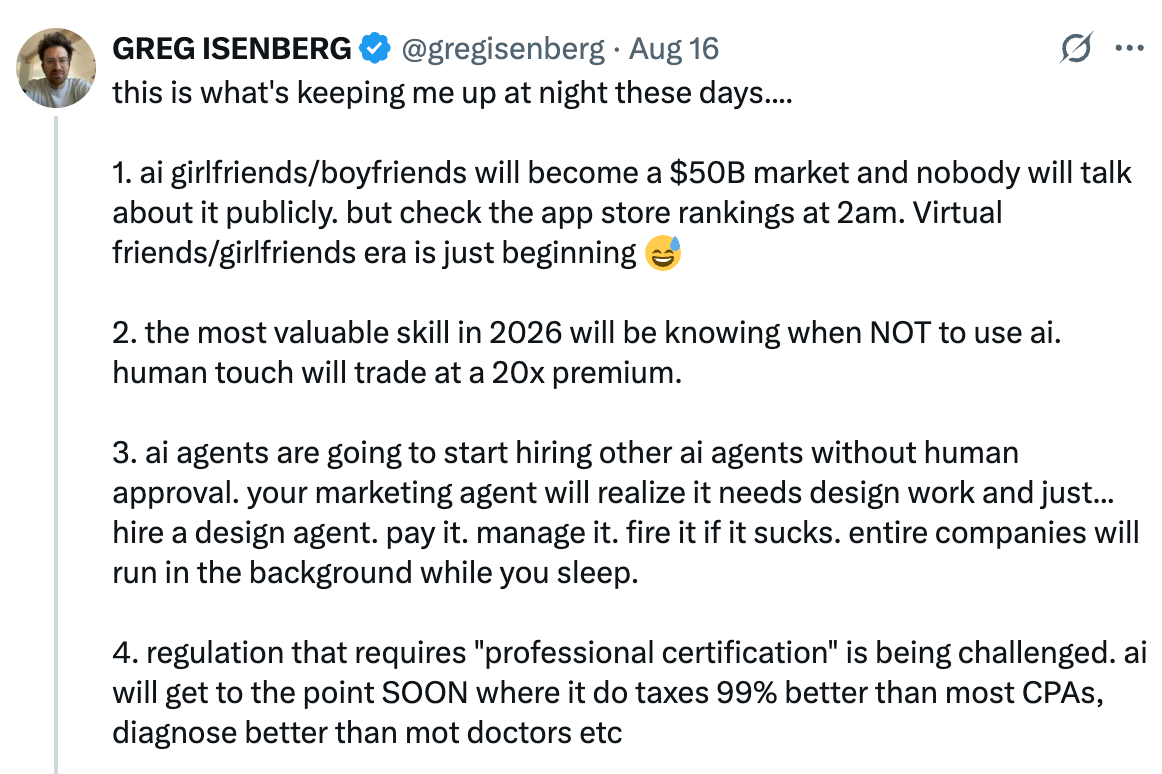
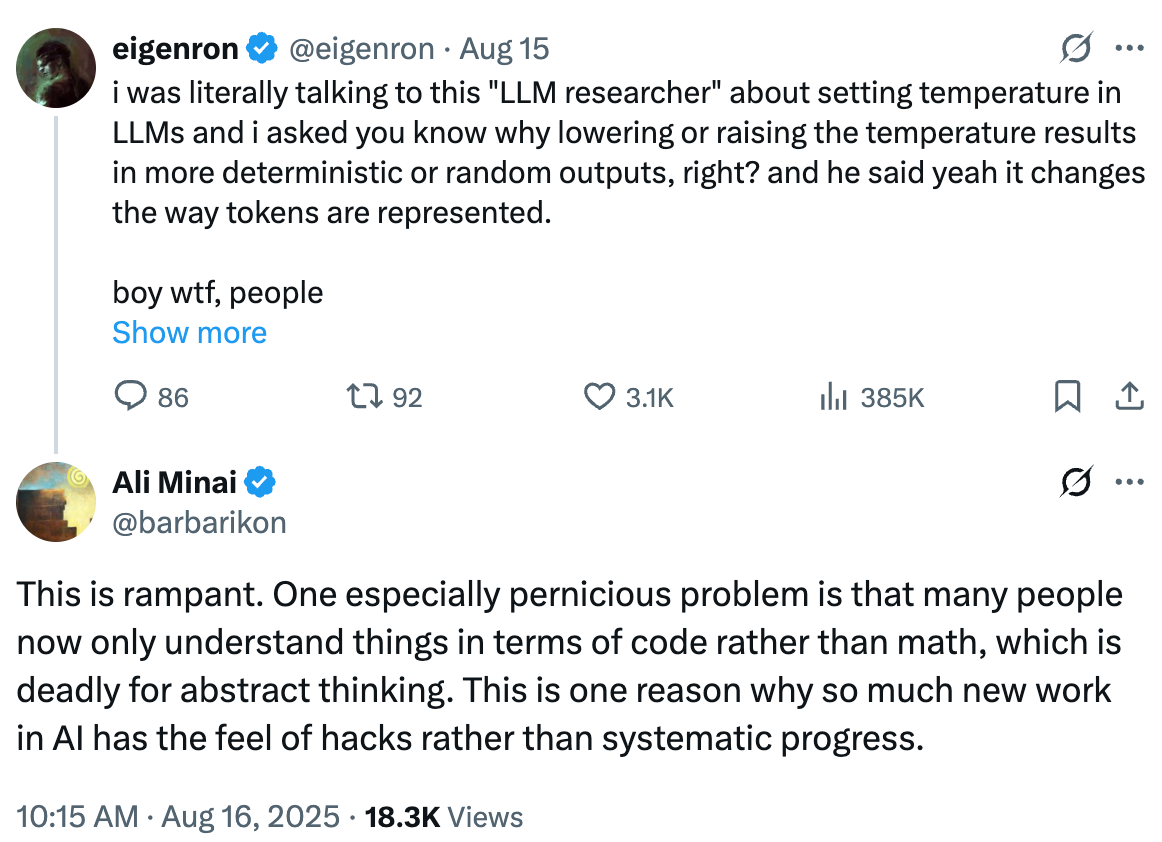
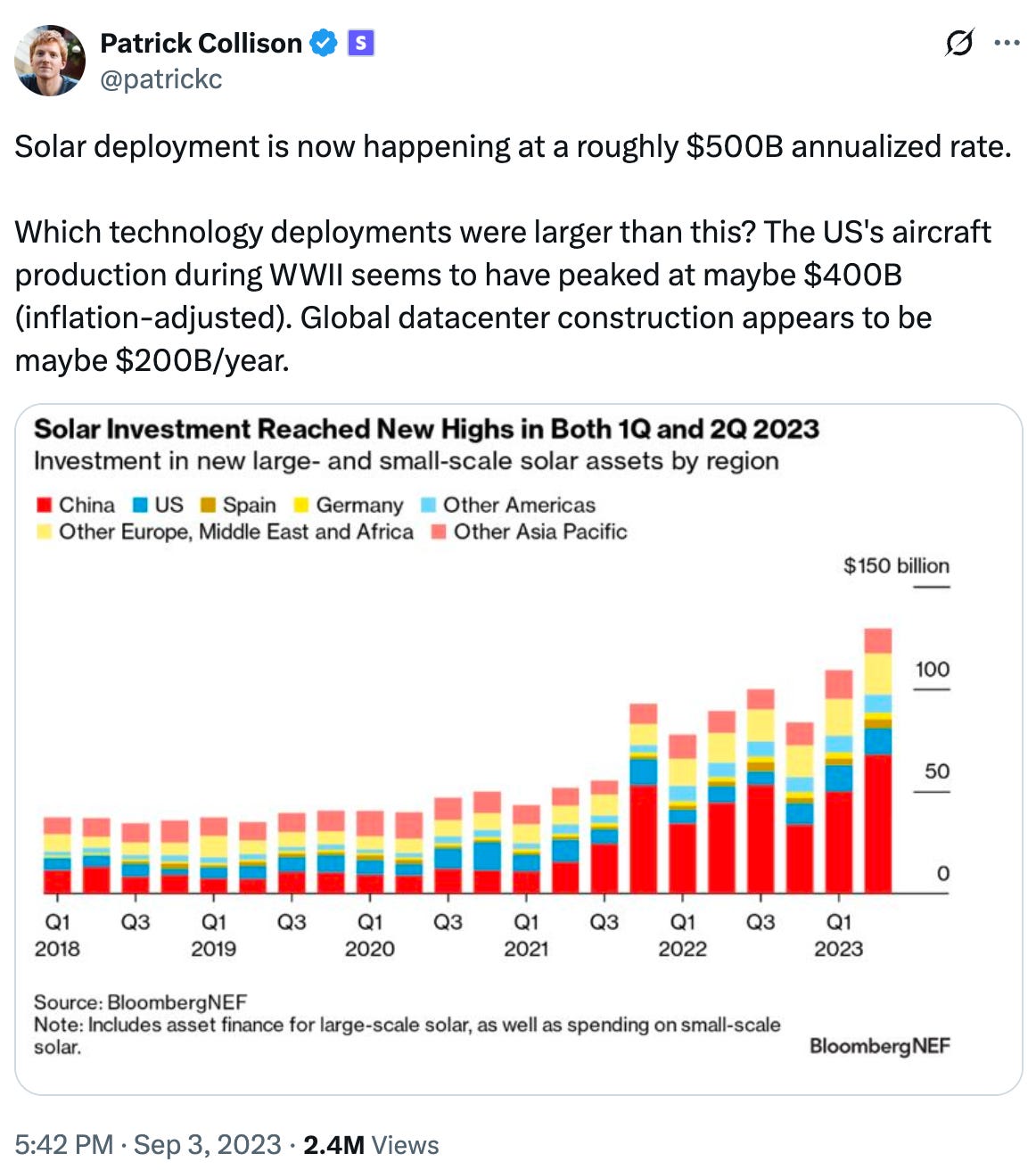

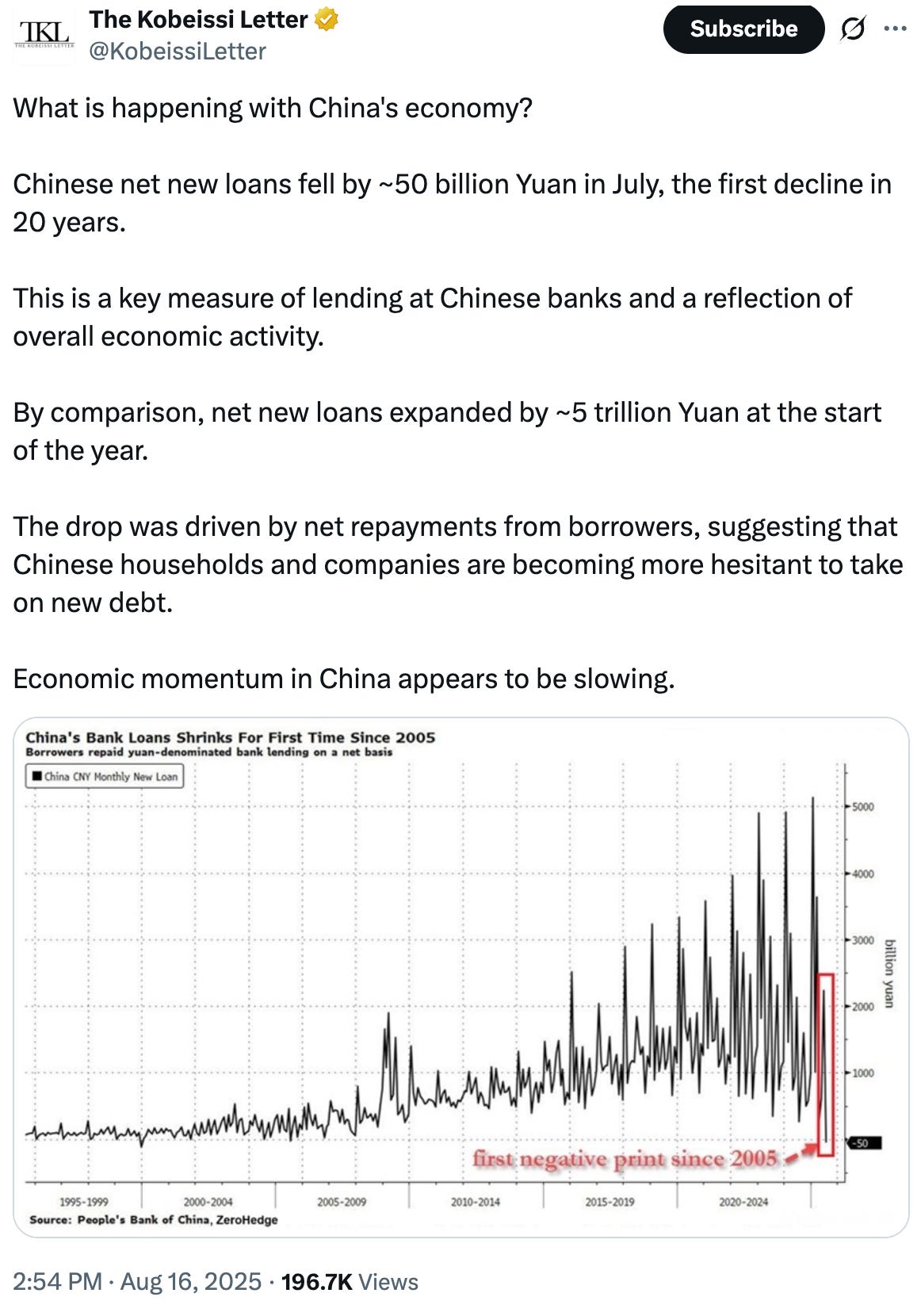
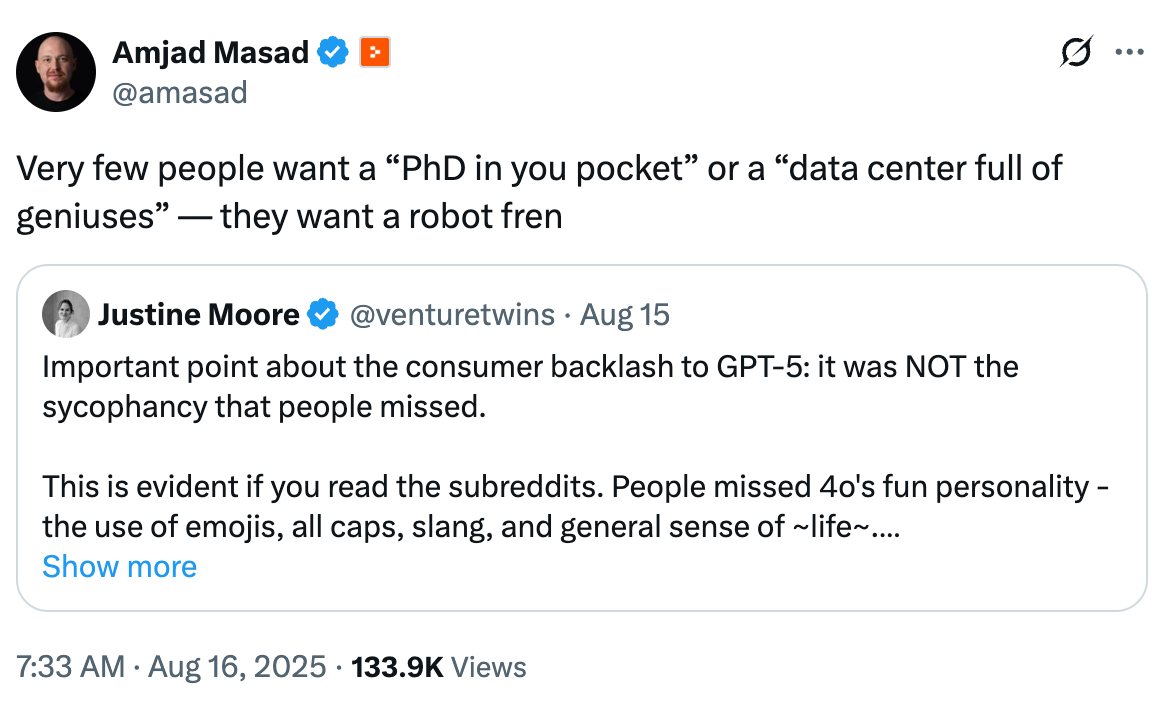
Let me know which article you found most interesting.
And we're aiming to get one Deep Dive out this month and a few to catch up in September. It'll be worth the wait.
You see this.
A hacker used AI to automate an 'unprecedented' cybercrime spree, Anthropic says
https://www.nbcnews.com/tech/rcna227309